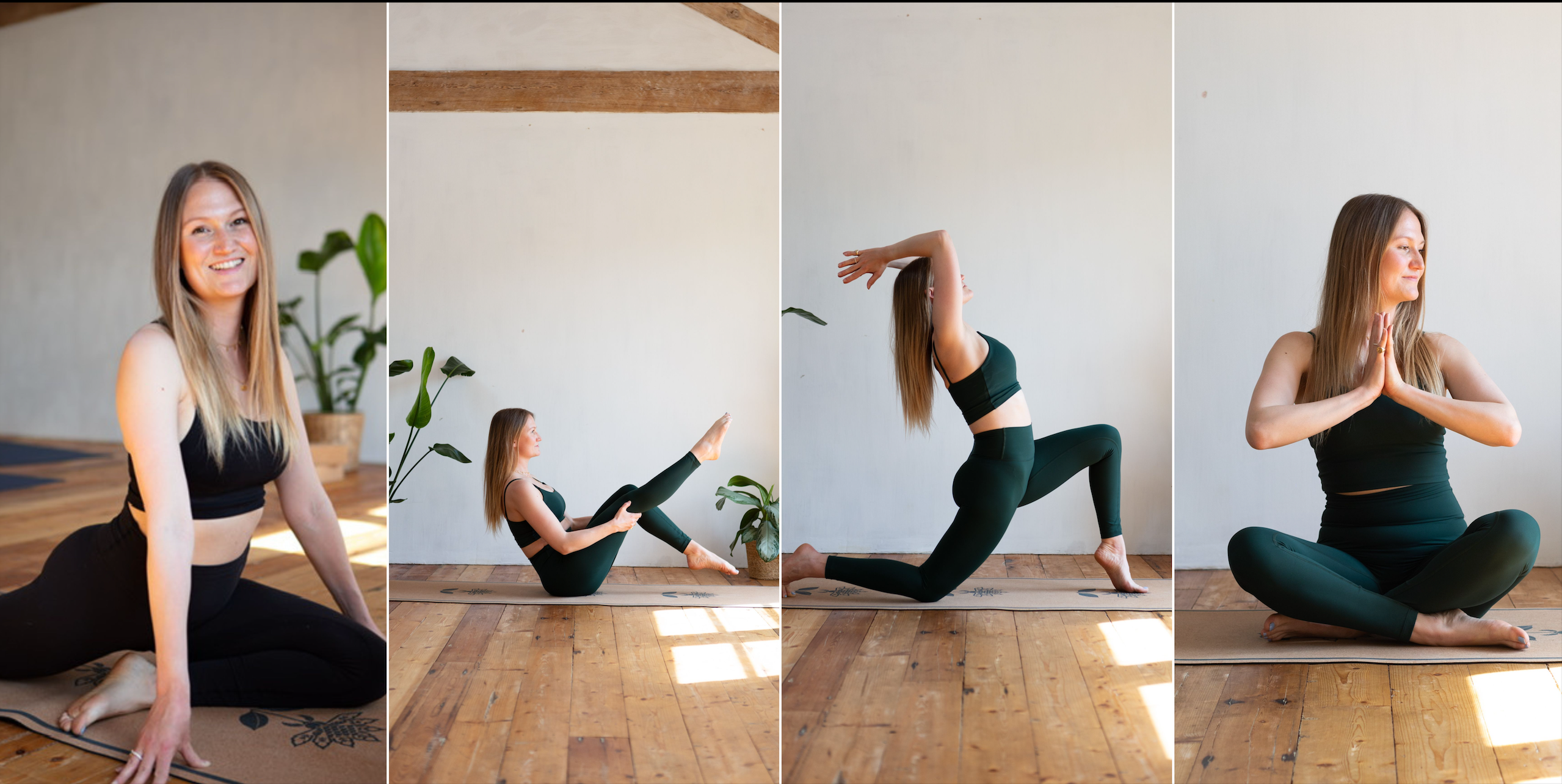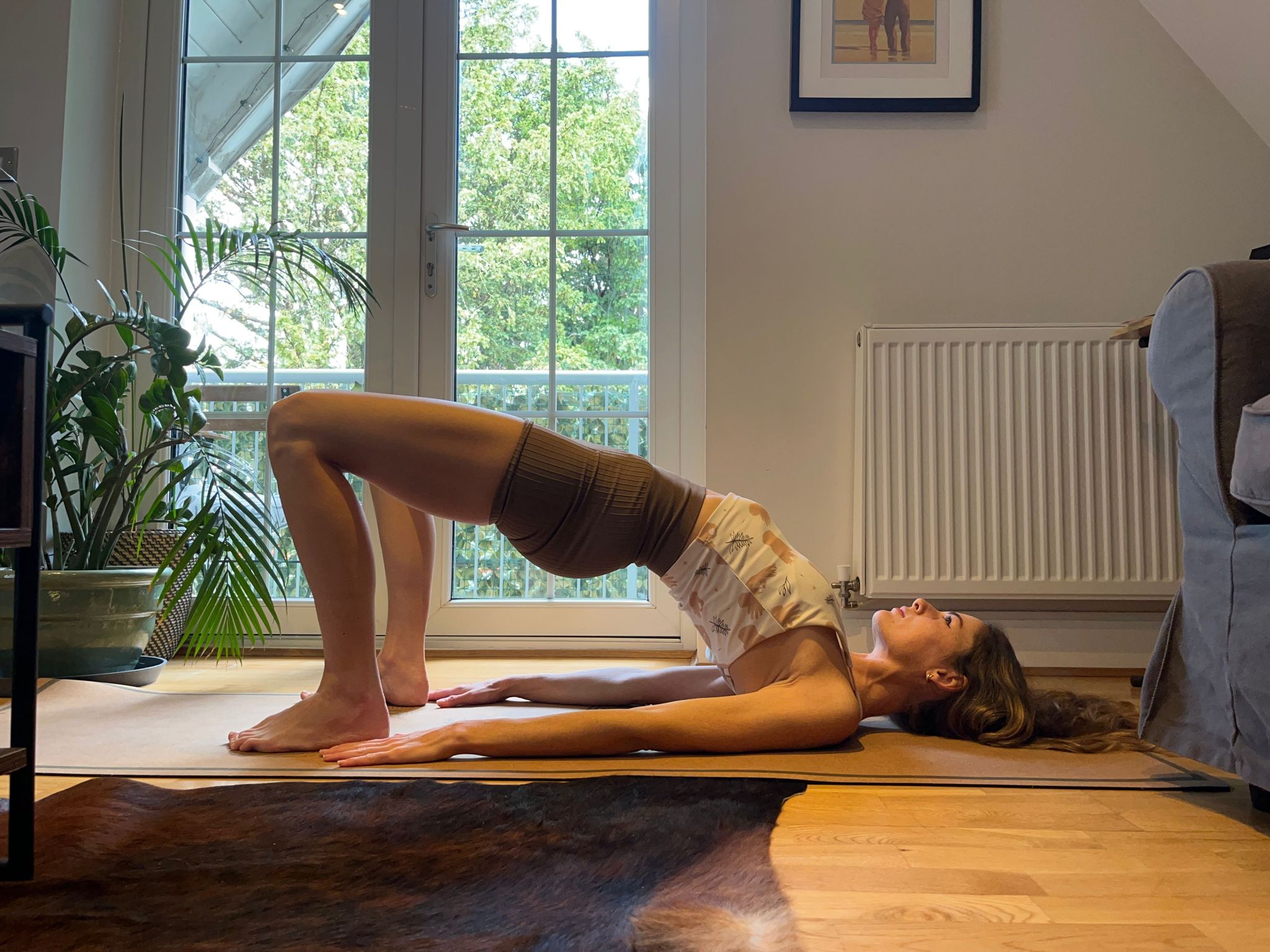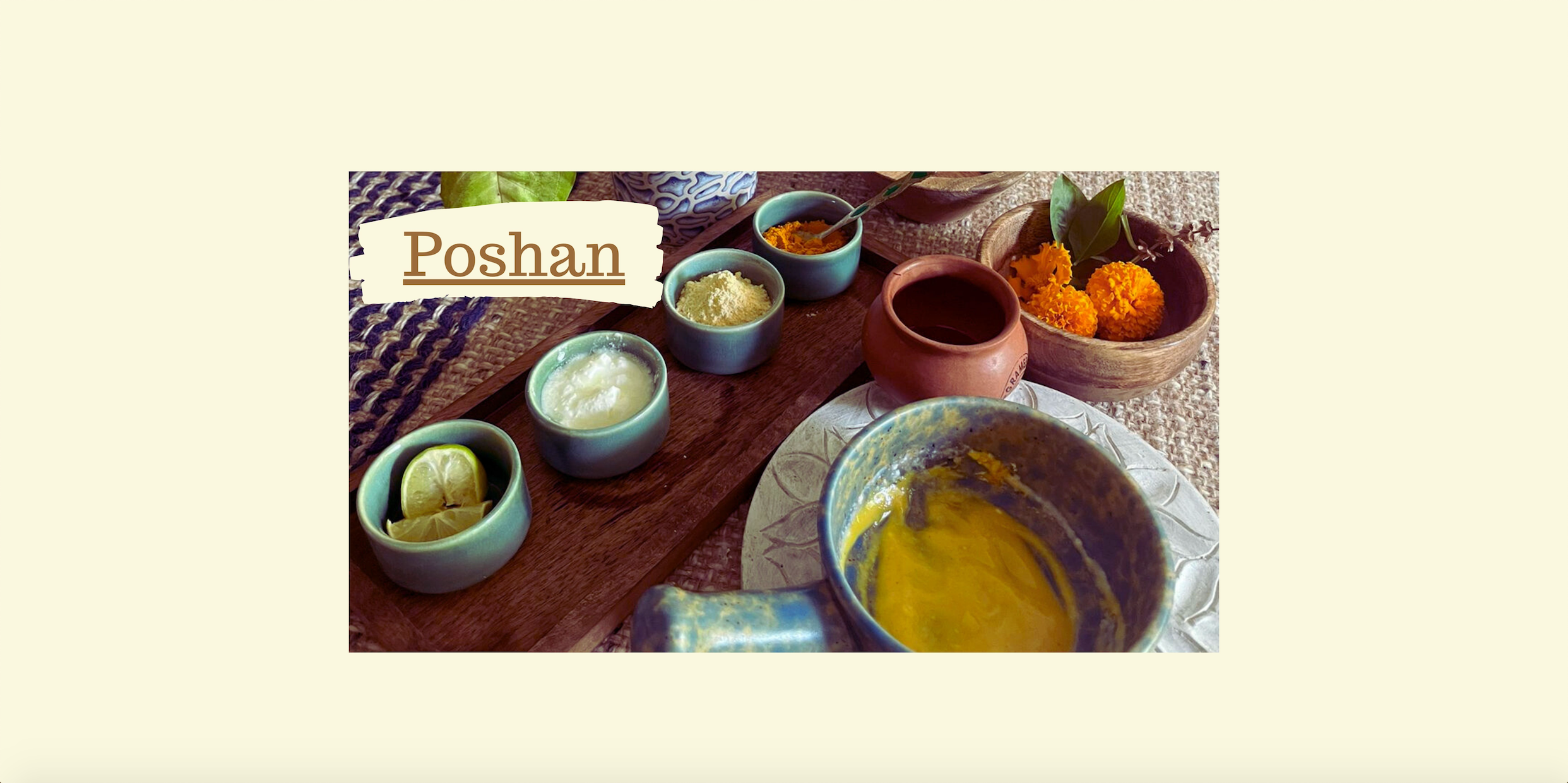
Yoga for pregnancy and prenatal care.

Indi is a pre & postnatal yoga specialist, hypnobirthing teaching and mummy to little Lily. Practicing yoga through her pregnancy and postnatal period, as well as working with mums and mums to be over the last few years, Indi’s love for yoga has been taken to a new level, seeing the incredible effects yoga can have on the body and mind during this sacred time, as well as the community and bonds created through this practice. Indi launched Yoga, Birth & Beyond as a one stop spot for all pre and postnatal yoga needs, working with private and small ground clients, along with an online studio to fit your practice in around you and your baby.
We caught up with Indi to learn more about how she uses yoga for pregnancy and prenatal care.
1. What specific prenatal yoga practices would you recommend for pregnant women to safely maintain their fitness level and overall well-being throughout their pregnancy?
Prenatal yoga (whether in studio or private classes) is great during pregnancy as all of the magical changes happening in the body are really taken into consideration. Working to safely strengthen the body, avoiding the risk of over stretching (due to the increase of relaxin), as well as targeting those specific areas which tend to feel sticky and uncomfortable during pregnancy.
2. How can prenatal yoga help alleviate common discomforts during pregnancy, such as back pain and swelling?
By keeping the body mobile and helping to create space and length around the joints, ligaments and fascia, prenatal yoga also works to strengthen the deep core and pelvic muscles, which can help to maintain a better posture during pregnancy, avoiding a hyperlordotic spine.
3. Are there any yoga poses or sequences that pregnant women should avoid due to potential risks or discomfort?
With a growing bump, prone positions along with twists are best to avoid, allowing lots of space for our babies to move around. We also need to be careful with core work during pregnancy, it’s definitely still safe to do but we want to focus on our obliques and transverse abdominals, avoiding postures which work our rectus abdominal muscles, as we want to give these muscles time to relax and separate as our babies grow.
4. What modifications can be made to traditional yoga poses to accommodate the changing needs and physical limitations of pregnant women?
This will differ from person to person and throughout the different stages of our pregnancy, but being gentle and listening to the body is so key. Allowing space as our hips start to widen, our bumps start to grow, moving slower with the increased flow of blood through the body, and giving time to explore each asana as we move through it to really help ground us and keep us focussed and present.
5. How can practicing yoga during pregnancy help with mental and emotional preparation for childbirth, as well as postnatal recovery?
Yoga is so much more than the physical practice, it’s a journey of the self. We can really work on quietening our minds through being present in our practice along with breath work, we also work towards finding a sense of inner peace, reminding ourselves that it’s always there to tap into. The more we practice and find that sense of grounding, the more often we can return back to it when we need it.






Leave a comment
This site is protected by hCaptcha and the hCaptcha Privacy Policy and Terms of Service apply.